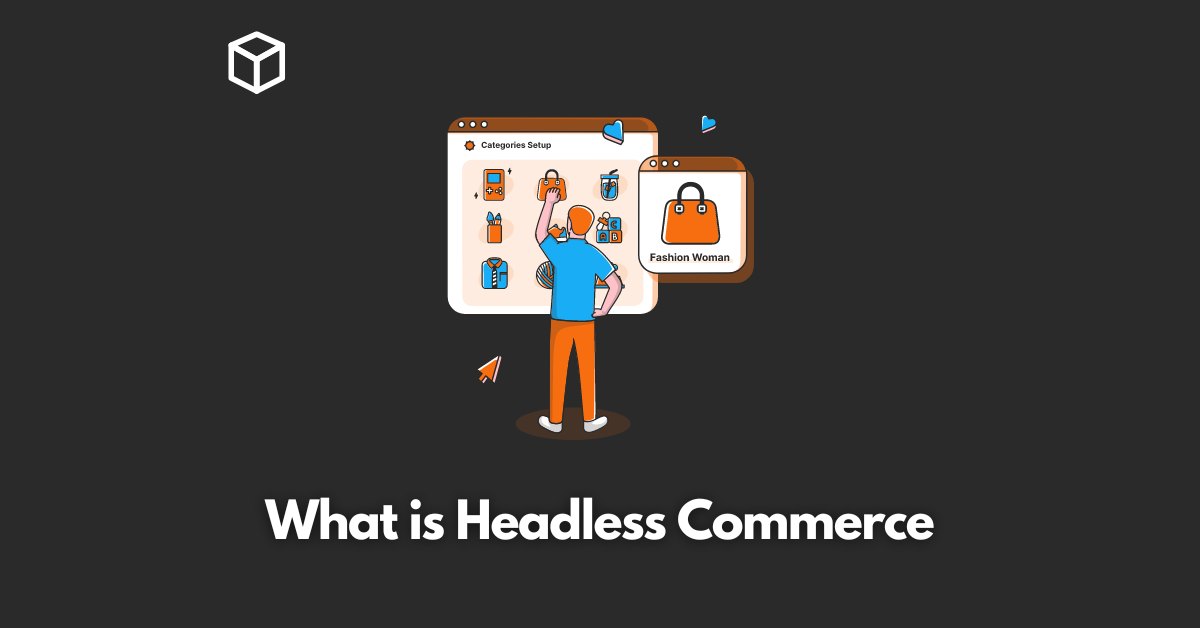Headless commerce is revolutionizing the way businesses approach e-commerce.
By separating the front-end user interface from the back-end system, businesses can achieve greater flexibility and scalability in building and deploying e-commerce experiences.
In this article, we will explore the key advantages, use cases, and challenges of headless commerce and how it is shaping the future of e-commerce.
What is Headless Commerce
Headless commerce, also known as headless e-commerce, is a modern approach to e-commerce that decouples the front-end user interface from the back-end system.
This allows businesses to create a custom front-end that can be integrated with a variety of platforms and technologies, without being tied to a specific back-end system.
This approach is different from traditional e-commerce, where the front-end and back-end systems are tightly coupled.
Advantages of Headless Commerce
One of the key advantages of headless commerce is the flexibility it provides in building and deploying e-commerce experiences.
With a headless approach, businesses can create a custom front-end that can be integrated with a variety of platforms and technologies.
This allows businesses to create a unique user experience that is tailored to their specific needs.
Another advantage of headless commerce is scalability.
The headless approach allows businesses to handle large amounts of data and traffic without experiencing performance issues.
This is because the front-end and back-end systems are decoupled, which means that the front-end can scale independently of the back-end.
Headless commerce also allows businesses to easily integrate with other systems, such as CRM or ERP.
This can provide a more seamless user experience, as well as improve efficiency and data accuracy.
Use Cases for Headless Commerce
One use case for headless commerce is building a custom front-end for an e-commerce site.
By using a headless approach, businesses can create a unique user experience that is tailored to their specific needs.
This can include custom design elements, personalized recommendations, and more.
Another use case for headless commerce is creating a mobile or voice-activated e-commerce experience.
The headless approach allows businesses to create a custom front-end that can be integrated with mobile and voice-activated platforms, without being tied to a specific back-end system.
Headless commerce can also be used for integrating with other systems, such as CRM or ERP.
This can provide a more seamless user experience, as well as improve efficiency and data accuracy.
Challenges of Headless Commerce
One of the main challenges of headless commerce is that it requires a high level of technical expertise.
Businesses need to have a team of developers who are able to create a custom front-end, as well as integrate it with the back-end system.
Another challenge of headless commerce is that it may require additional development resources.
Businesses need to have a team of developers who are able to create a custom front-end, as well as integrate it with the back-end system.
Headless commerce also requires careful planning and coordination to ensure a seamless user experience.
Businesses need to ensure that the front-end and back-end systems are properly integrated and that the user experience is consistent across all platforms.
Conclusion
Headless commerce is a modern approach to e-commerce that provides greater flexibility and scalability in building and deploying e-commerce experiences.
It allows businesses to create a custom front-end that can be integrated with a variety of platforms and technologies, without being tied to a specific back-end system.
However, it comes with some challenges like requiring high technical expertise, additional development resources and careful planning and coordination to ensure a seamless user experience.
In conclusion, headless commerce is shaping the future of e-commerce by providing businesses with the ability to create custom and personalized user experiences.
By decoupling the front-end and back-end systems, businesses can achieve greater flexibility and scalability, as well as easily integrate with other systems.
If you are thinking of revamping your e-commerce strategy, headless commerce is definitely worth considering.
We encourage you to explore headless commerce for your own e-commerce needs, and see how it can benefit your business.




